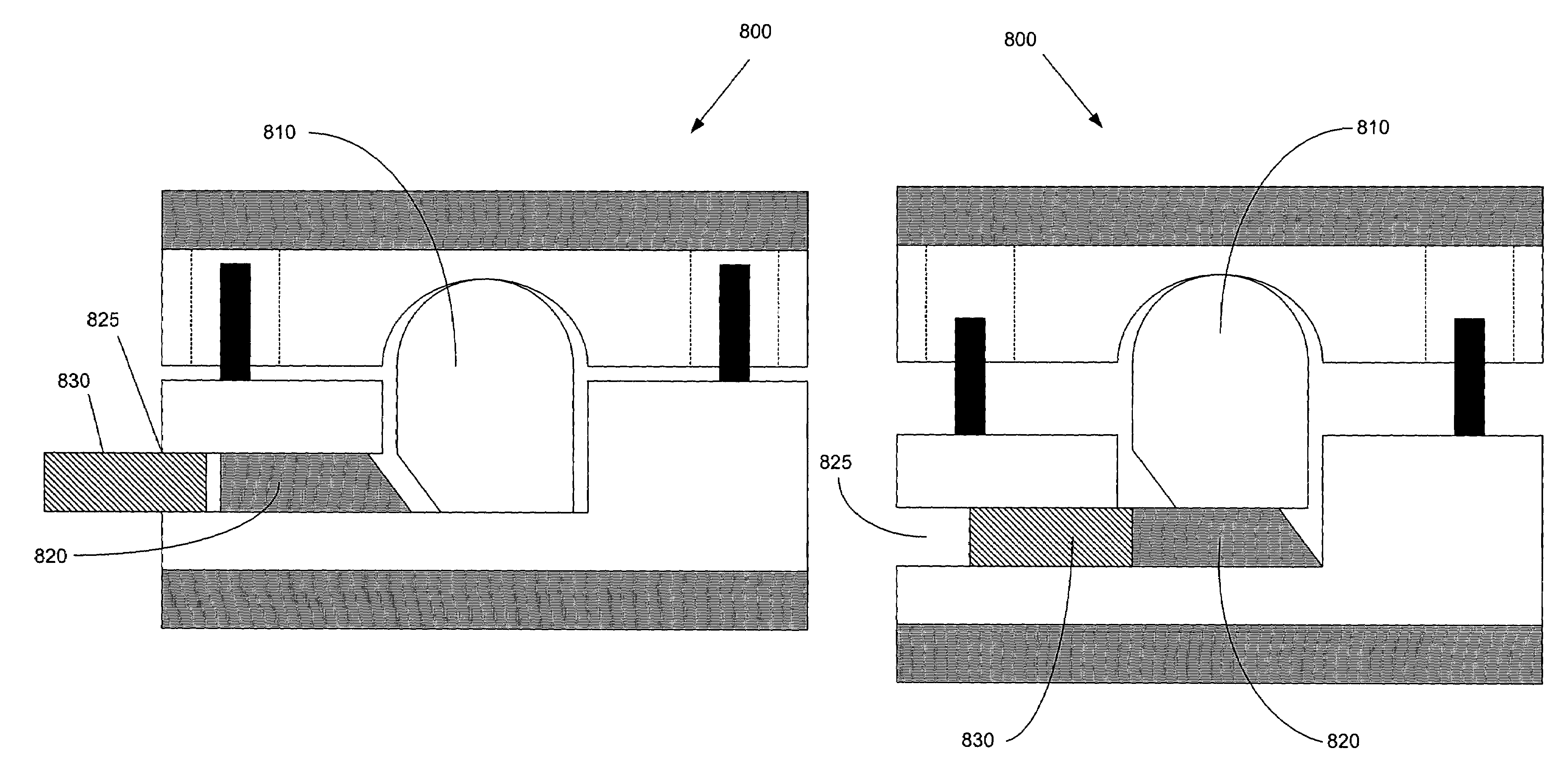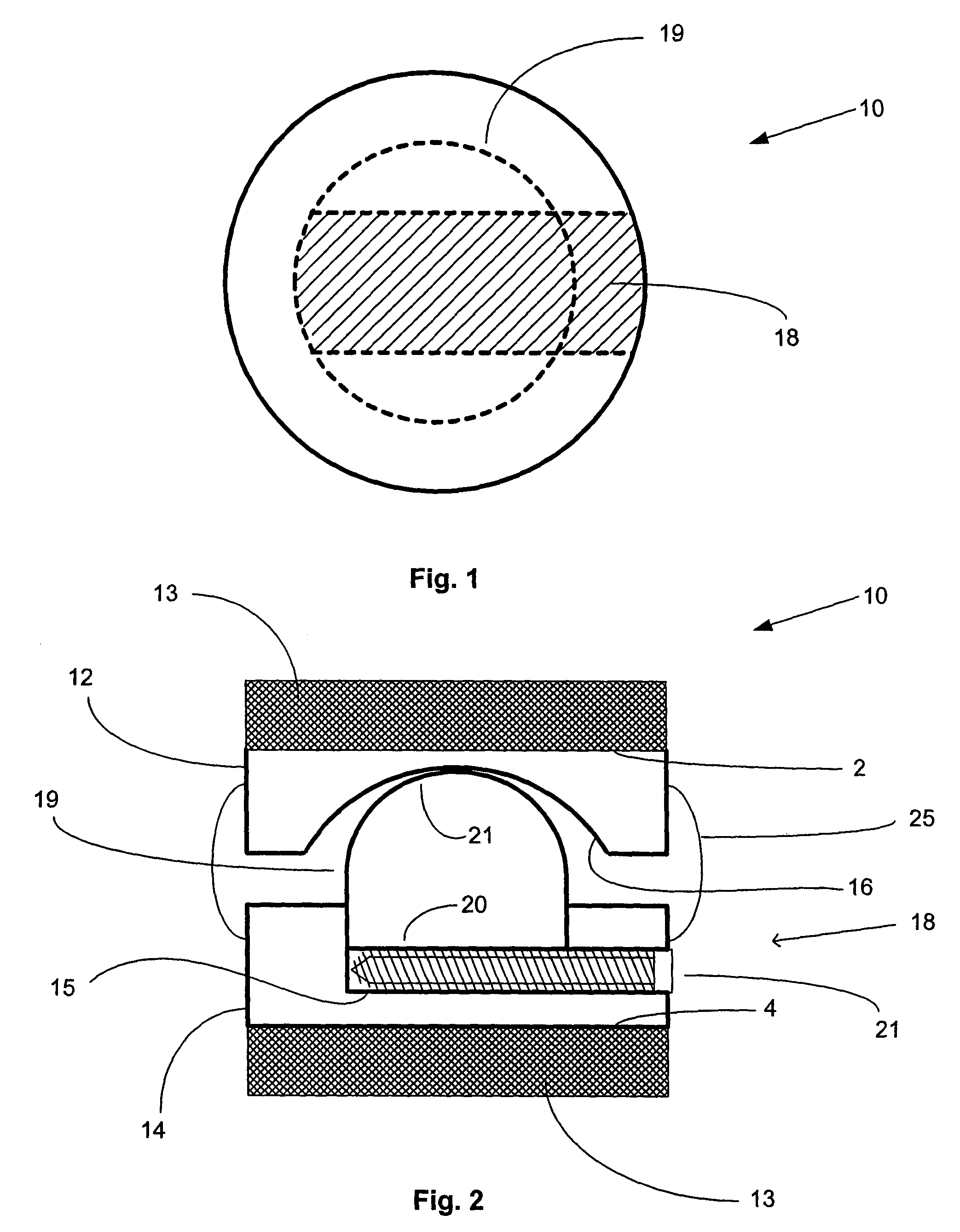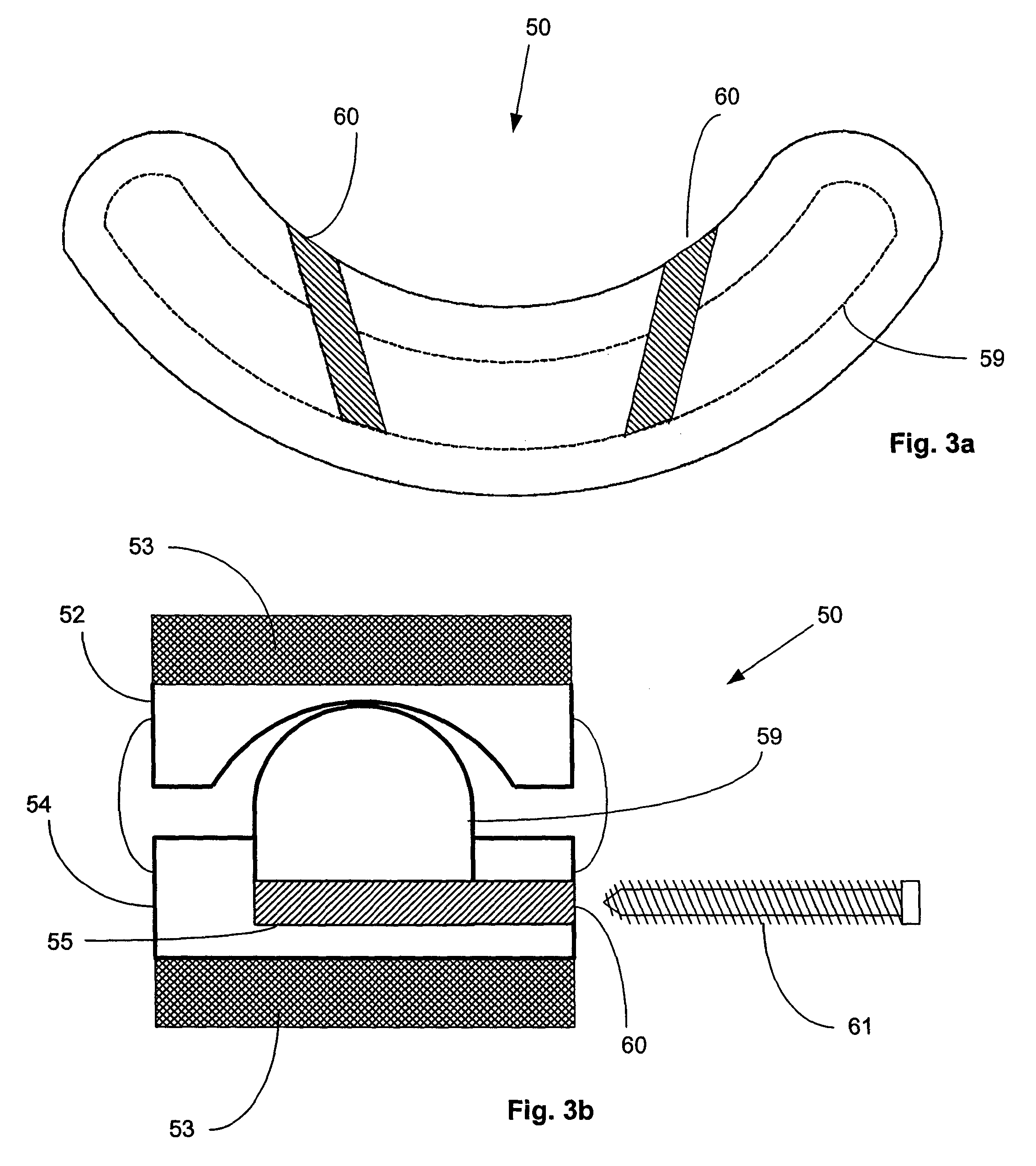Artificial functional spinal unit assemblies
a functional and artificial technology, applied in the field of functional spinal implant assemblies, can solve the problems of destabilizing the spine, limiting the placement of posterior devices that maintain the mobility of the spine, and limiting the use of conventional posteriorly placed interbody devices to interbody fusion devices, so as to facilitate bony end growth and promote bony end growth. , the effect of limiting flexion
- Summary
- Abstract
- Description
- Claims
- Application Information
AI Technical Summary
Benefits of technology
Problems solved by technology
Method used
Image
Examples
Embodiment Construction
[0060]In the following detailed description of the preferred embodiments, reference is made to the accompanying drawings, which form a part hereof, and in which are shown by way of illustration specific embodiments in which the invention may be practiced. It is to be understood that other embodiments may be utilized and structural changes may be made without departing from the scope of the present invention.
[0061]FIGS. 1 and 2 show a round, expandable artificial intervertebral implant designated generally at 10. The device is implemented through a posterior surgical approach by making an incision in the anulus connecting adjacent vertebral bodies after removing one or more facet joints. The natural spinal disc is removed from the incision after which the expandable artificial intervertebral implant is placed through the incision into position between the vertebral bodies. The implant is preferably made of a biocompatible metal having a non-porous quality and a smooth finish, however...
PUM
 Login to View More
Login to View More Abstract
Description
Claims
Application Information
 Login to View More
Login to View More - R&D
- Intellectual Property
- Life Sciences
- Materials
- Tech Scout
- Unparalleled Data Quality
- Higher Quality Content
- 60% Fewer Hallucinations
Browse by: Latest US Patents, China's latest patents, Technical Efficacy Thesaurus, Application Domain, Technology Topic, Popular Technical Reports.
© 2025 PatSnap. All rights reserved.Legal|Privacy policy|Modern Slavery Act Transparency Statement|Sitemap|About US| Contact US: help@patsnap.com



